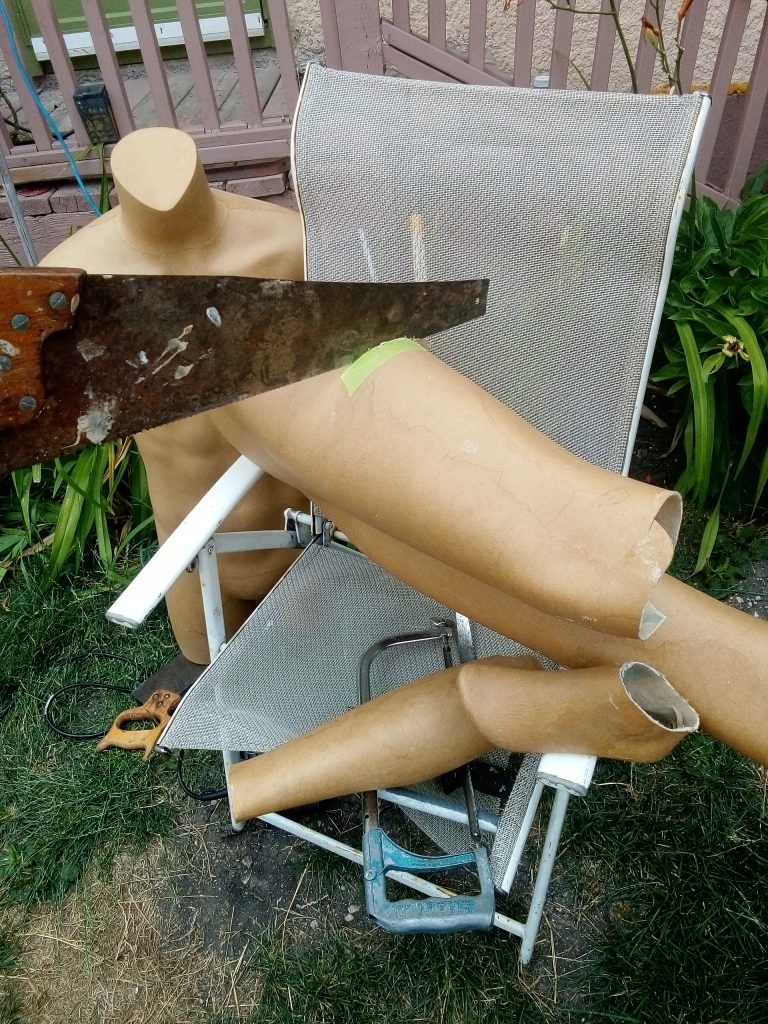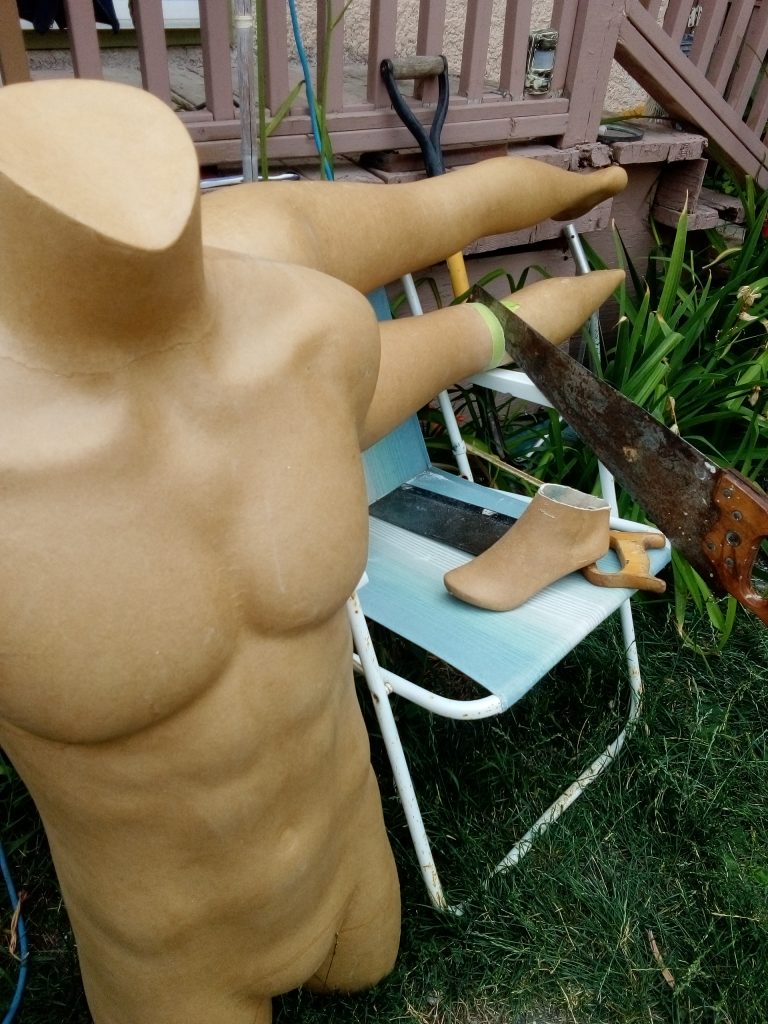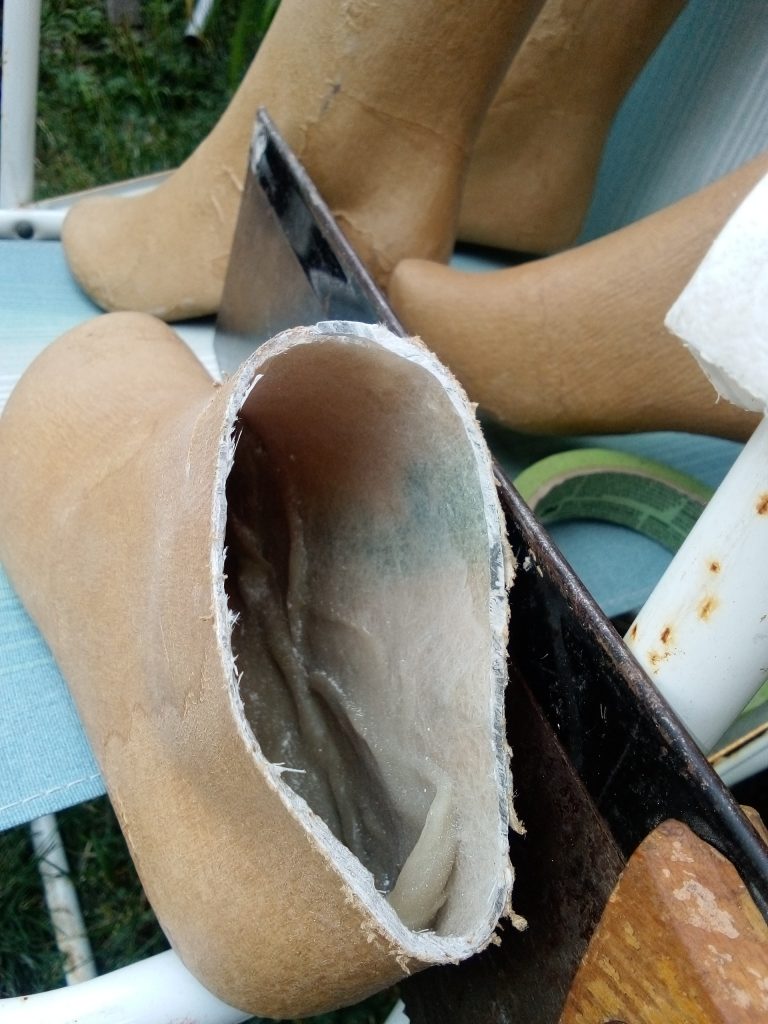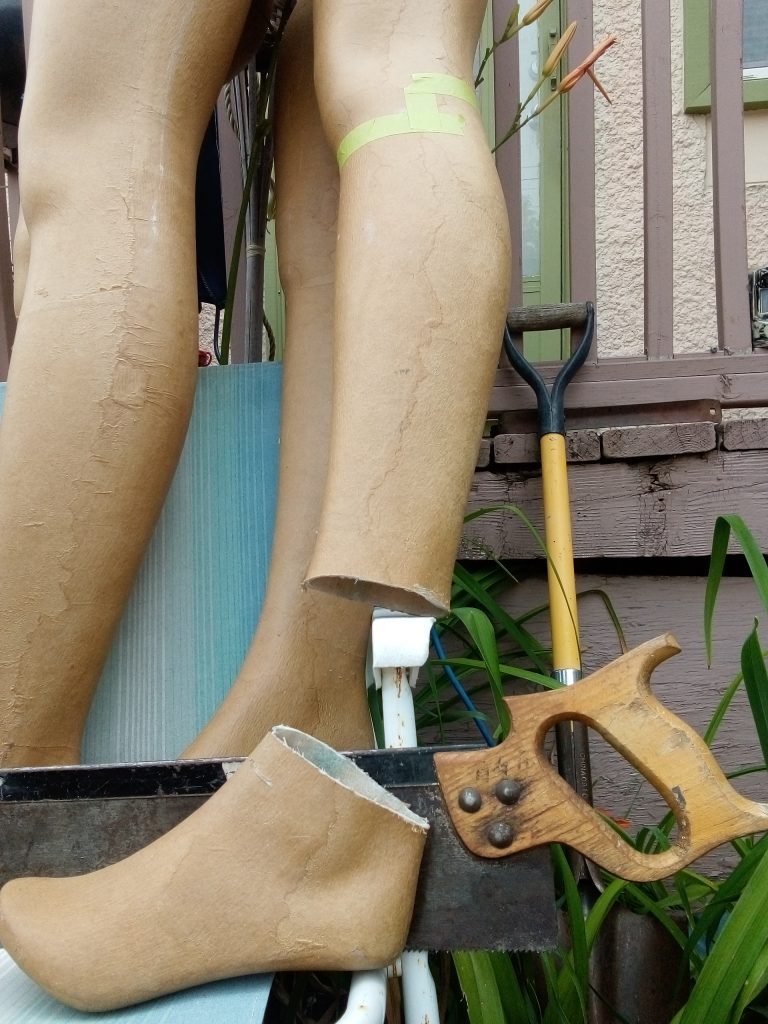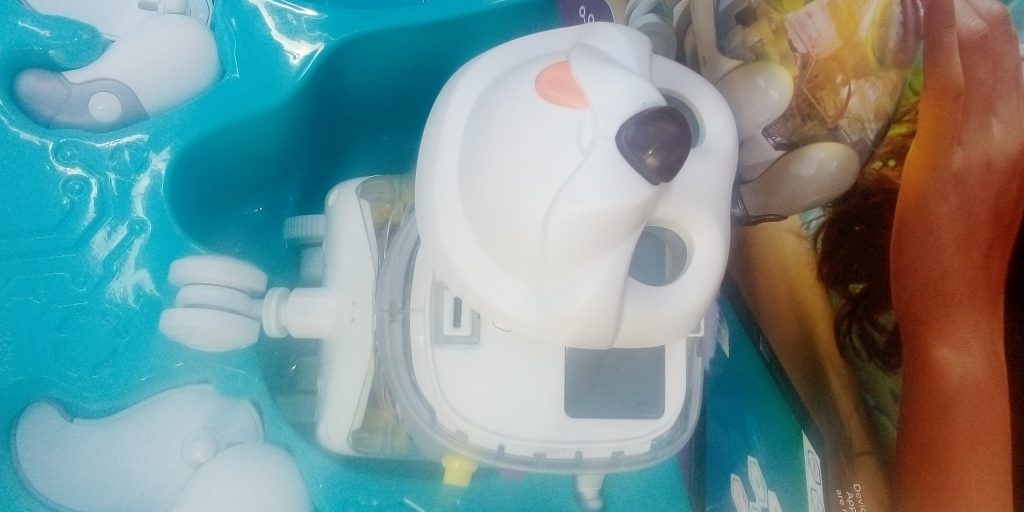Lets talk about some of the considerations involved in building a robot.
You may start with your goal, budget and expertise level and then decide if you want a humanoid robot or some animal or wheeled or stationary work related robot.
From there you could decide how complex it will be in terms of it being totally autonomous with complex AI software and a dozen or so sensors or merely some lesser autonmous robot or something simply operated on a table with a remote control.
You decide if it will walk on two legs realistically or be manouevered on 2 or 4 or 6 wheels or tank treads or maybe it will fly or go under water.
But before we go further, if you have a few hundred dollars and want the quickest way to make a robot you could check into a German company that makes “Tinkerbots”.
Its like a Lego kit but in a matter of minutes you could have a robot arm or a wheeled car or a walking toy robot up and running. https://www.youtube.com/watch?v=ud5vK_hmmLI
If you want to quickly design and get a work robot for your small factory or assembly business you get a stationary arm work robot made by going to the Vention Corporation at http://vention.com
If you want to make a fast $20 robot using remote control car parts that simply has a head that moves and its mouth and eyes move as well then check out this 2020 video by the Youtube user TheJoney. https://www.youtube.com/watch?v=Er1NMjEkgy8
Near the end of the video you can see some of the mechanics that were used to attach the eyes to the RC motors controlled by the joystick. Not bad at all especially if you put a proper latex mask on top and more realistic glass eyeballs and mouth!
Now just look at how much fun this Youtuber Kevin Felstead is having as he has been working on his amazing robotic head which now has AI speech and facial recognition ability. https://www.youtube.com/watch?v=-XpzTU8Hep0
Lastly, you can buy any one of about a dozen robot kits that let you assemble the pieces but here is a neat 10 inch tall one called Robo-Philo $599US or sale on the WorldModels website, that can be seen in this video (from the year 2011!!) walking and doing a handstand and picking up blocks with a gripper. https://www.theworldmodels.com/store/product/4017/Movie/RoboPhilo-Ready-to-Walk-RTW
So lets give a quick list of questions to ask before you build your robot.
- what will be the purpose or function of the robot? (to explore dangerous areas or just talk to people)
- what is your budget? (is it $200, $2,000 or $40,000?)
- how autonomous will it be and how many sensors and complex AI is needed?
- will it be battery powered and for how long? or plugged into the wall?
- will it be used only indoors or outdoors on rough terrain?
- how realistic will it be if it is a bipedal/humanoid robot?
- will it be male/female/cultural and will clothes cover up most of it to avoid using latex skin?
- will it be made from traditional materials or “soft robotics” or using tendons/rubber?
- what will be the DOF of each joint? will the eyes have eyelids, will fingers move, will legs bend?
- how much skill do you have or who do you hire for the programming
- where do you get the electronics/mechanical parts/the software?
In this website we are aiming to build fairly budget oriented robots under $20,000 and preferably under a few thousand dollars.
We will also shoot for largely using prewritten open source code for the most part running on affordable boards like a $50 microcontroller like Arduino, or a full computer board like the $80 Raspberry Pi or other embedded systems and perhaps an advanced board for AI like a $300 Netvidia Jetson.
We would use consumer level $20 servos or stepper motors or motors from a handheld drill and $10 sensors for the most part with perhaps a $200 LiDar sensor as the most sophistocated sensor.
Now if you are making a humanoid robot, you will need to figure out how the mechanics of the eyes or arms joints will work and how you will put them into the body and head that you are using.
Will the eyes move along with the mouth or separately and will they be accessible from the back of the robots head or from the front and will there be ventilation and a fan so the robot won’t catch fire.
Making things move will involve having the sensors work with the software choices and you can use prewritten software to do something like facial recognition with whats called OpenCV or open computer vision.
So yes, its not enough to simply make a robot move with a remote control or to perform a prewriten set of instructions like an animatronic Disney character there is more.
There could be more if you want more. You can add cloud based open source software to make your robot achieve various levels of AI like be able to have facial recognition by adding some OpenCV software and a Rasperry pi with a camera.
You can hook up a Raspberry pi to a Google Coral Edge TPU Accelerator USB stick and get a robot that can learn to identify new objects.
But the common understanding with robots is that it is easy to make a robot “brain” but it is very difficult to make a robot “think”.
A site by Dave Xanatos called Xanatos.com gives an excellent explanation of what it would take to make a robot really understand more of what it is hearing and to not simply react to the words or image that it sees.
He says that it would somehow have to get an understanding of its environment like a 5 year old child. It wold involve some combination of seeing, hearing and feeling some various senses. So read more on this link. https://xanatos.com/airobotics.asp
Lets talk a little bit about creatures and how robot builders have started to study nature more and how creatures move like the octopus or the sea cucumber and snakes and birds and fish of all kinds.
This Youtube video is from the John Hopkins University in 2018 where they were studying the movement of cockroaches to see how they could develop robots able to move about on the most unstable terrain. https://www.youtube.com/watch?v=GXVNMwofqus
Now go check out this Youtube showing the most ultra-realistic moving robot head on the Internet!
It was designed for use in the movie “World’s End”. The video shows how they built the head with moving eyes etc and it is certainly an inspiring video for any future robot builder! https://www.youtube.com/watch?v=E0QyAy2g_MY
Here is an amazing Youtube video from the Festo Robotics company showing their technology to move arms in an ultra human like way. https://www.youtube.com/watch?v=ooqiY7hFWE8
Here now is an incredible video by Marshal Tearle showing his gorilla head with moving eyes and mouth as part of his diploma program.
It’s simply amazing at how realistic and emotion filled the moving eyes look and how the plastic skin with indivdually punched hair moves around the mouth and cheeks. This is really a design to shoot for in ones creation of an animal or human animatronic or full robot.
It has 11 degrees of freedom in the head but it has two humans operating remote controls as well as some preprogammed motion. https://www.youtube.com/watch?v=8XREW9Vp4w8
The images below are from an interesting build your own robot dog from the Furreal company.
Now in terms of moving the robot or whats called locomotion, lets address the bipedal human robot first.
We need to first decide how big the bipedal robot will be.
Heavier robots need bigger and more expensive everything like servos, body parts, batteries.
They also pose a greater risk of breaking or causing injury if they fall on someone.
So how should it walk or move?
- walking just like a human or the “drunk” walk or a no-knee joint shuffle walk etc
- rolling on a platform with wheels or treads or a half robot torso on a wheeled tray
- will it jump/dance/run/bend/get up when it falls/lift a leg/climb/
What will the arms/hands and head/neck and waist/shoulders do?
- will the arms bend at the elbow and will the hands grip with 2 fingers or all 5 or a tool?
- will the arms and body be clothed and will visible parts have latex realistic skin on?
- will the limbs be 3d printed or just use traditional materials and cover with clothing?
Then you would get into the questions of how it was powered and cooled and controlled with software or autonomous sensors or by remote control.
- what language are you going with? Arduino with C or Python with Raspberry Pi?
- do you use control software from MRL from InMoov or Synthiam with EZ Robot, or ROS software. Will you just try to use the Lego Mindstorm EV3 brick or Meccanoid software or Blockly or Microsoft’s Robot software
The simplest way to start building a robot is to take some robotic toys like a Mecanoid 2 foot tall robot and take them apart and try to put them together in a new robot form.
Here is a hybrid Robosapien V2 toy with a Meccanoid robot.
In this case the Meccanoid is an older $140 toy that has a great brain brick and about 4 neat servos for arm movement.
It is like the Lego EV3 and they both use brain bricks called microcontrollers but are simpler to work with than the Arduino microcontroller.
So we gutted the Robosapien and put the Meccnoid brain and batteries inside and made it move by putting it on the Meccanoids rolling base instead of the Robosapiens robot clunky walk.
If you are not sure how to solder wires together there is a great video on the Noel’s Retro Lab Youtube channel right here. https://www.youtube.com/watch?v=79wPN3DXsH8
I unscrewed the arms of the Robosapapien and made new bolt holes on its arm area and attached the exising arms from the Meccanoid and plugged in the wires into the new Meccanoid brain brick inside the Robosapien.
So now we have a new form of a robot toy …a hybrid.
Yes technically its not a robot since the sensors were not hooked up but it is a good first start in the robotics hobby for anyone.
So the best way to build a robot is to just throw existing parts together in a different way and then try again by using different parts like an Arduino.
Youtube is filled with Hackaday projects where they take toys like “Chuckie” or “Teddy Ruxpin” or “Elvis from Wowwee” and they add an arduino board and get the software to make the eyes and mouth move.
Good luck on your robot building journey and enjoy finding all the information you need on this website.
